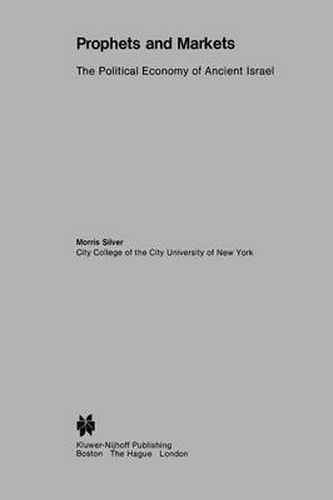Readings Newsletter
Become a Readings Member to make your shopping experience even easier.
Sign in or sign up for free!
You’re not far away from qualifying for FREE standard shipping within Australia
You’ve qualified for FREE standard shipping within Australia
The cart is loading…






This title is printed to order. This book may have been self-published. If so, we cannot guarantee the quality of the content. In the main most books will have gone through the editing process however some may not. We therefore suggest that you be aware of this before ordering this book. If in doubt check either the author or publisher’s details as we are unable to accept any returns unless they are faulty. Please contact us if you have any questions.
5 by predations of the sea peoples. However, the weakening of Mycenean seapower, the destruction of the Hittite kingdom, and finally, the limitation on Philistine strength resulting from the alliance between David and the king of Tyre in the eleventh century, combined to open up for the Phoenicians, in the first quarter of the first millennium B. C. E. vast overseas trading areas (Oded 1979a, p. 228). By the end of the eleventh century, pottery from Cyprus, after a long absence could once again be found in Israelite-occupied sites (Albright 1960, p. 47). The expansion of the sea trade in the Mediterranean in which, judging by the song of Deborah (Judg. 5), the northern tribes of Asher and Dan (?) (see figure 1-2) would have parti cipated, was accompanied by the inauguration of camel caravans trans porting the goods of southern Arabia to and through Israel (see Bulliet 1975, especially p. 36). Military victories over the Philistines and Syrians, receipts of tribute, and the collection of tolls from the control of trade routes together with the general revival of trade all contributed to Israel’s growing wealth. Indeed, the David-Solomon period (most of the tenth century) is often portrayed as the peak of Israelite economic development. In fact there is precious little extra biblical evidence supporting this portrayal. For example, in spite of the reported activity of David and Solomon’s scribes, only one example of 6 Hebrew writing from this period, the Gezer Calendar, has been found.
$9.00 standard shipping within Australia
FREE standard shipping within Australia for orders over $100.00
Express & International shipping calculated at checkout
Stock availability can be subject to change without notice. We recommend calling the shop or contacting our online team to check availability of low stock items. Please see our Shopping Online page for more details.
This title is printed to order. This book may have been self-published. If so, we cannot guarantee the quality of the content. In the main most books will have gone through the editing process however some may not. We therefore suggest that you be aware of this before ordering this book. If in doubt check either the author or publisher’s details as we are unable to accept any returns unless they are faulty. Please contact us if you have any questions.
5 by predations of the sea peoples. However, the weakening of Mycenean seapower, the destruction of the Hittite kingdom, and finally, the limitation on Philistine strength resulting from the alliance between David and the king of Tyre in the eleventh century, combined to open up for the Phoenicians, in the first quarter of the first millennium B. C. E. vast overseas trading areas (Oded 1979a, p. 228). By the end of the eleventh century, pottery from Cyprus, after a long absence could once again be found in Israelite-occupied sites (Albright 1960, p. 47). The expansion of the sea trade in the Mediterranean in which, judging by the song of Deborah (Judg. 5), the northern tribes of Asher and Dan (?) (see figure 1-2) would have parti cipated, was accompanied by the inauguration of camel caravans trans porting the goods of southern Arabia to and through Israel (see Bulliet 1975, especially p. 36). Military victories over the Philistines and Syrians, receipts of tribute, and the collection of tolls from the control of trade routes together with the general revival of trade all contributed to Israel’s growing wealth. Indeed, the David-Solomon period (most of the tenth century) is often portrayed as the peak of Israelite economic development. In fact there is precious little extra biblical evidence supporting this portrayal. For example, in spite of the reported activity of David and Solomon’s scribes, only one example of 6 Hebrew writing from this period, the Gezer Calendar, has been found.